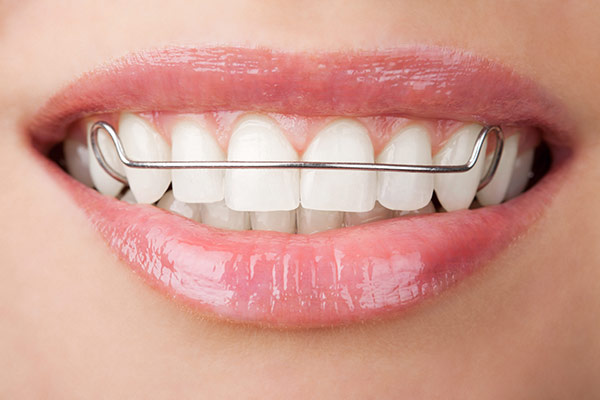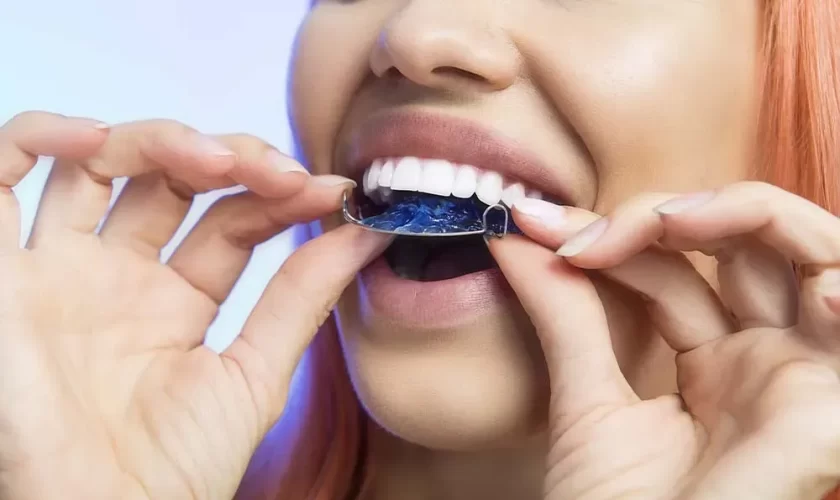You cannot predict the outcome of orthodontic treatments. Some may improve your oral concerns while some may fail. However, opting for retainers after orthodontic treatment always guarantees optimal outcomes and excellent results since these appliances prevent rebounds or relapse.
Retainers offered by the dentist in Memphis, TN, and their team of orthodontic specialists help keep your teeth in the corrected alignment post-orthodontic treatment and prevent relapse. Let’s explore these dental appliances further to determine their importance.
An insight into dental retainers
A dental retainer is a custom-made appliance that is fabricated for use after your orthodontic treatment, such as braces. This device helps to keep your teeth in their new, correct position and prevents unnecessary relapse.
Exploring the types of retainers
There are two main types of retainers, namely:
Fixed retainer
- These are also known as permanent retainers that stay on your teeth with the help of a glue-like bonding agent. They are often used for the front, lower, or upper arch to prevent them from drifting.
Removable retainer
- These can be removed from your mouth when needed. A traditional retainer is made up of an acrylic plate that is supported by a metal wire framework.
- Currently, there are clear retainers available that do not have wires and are virtually invisible.
Unwinding the benefits of retainers
The following are the significant benefits of using retainers:
- They maintain the corrected alignment of the teeth
- They help stabilize your bite
- They maintain space for wisdom teeth and new tooth eruption
- They prevent relapse of orthodontic problems like crowding and crooked teeth.
- They effectively align your jawbone with the gums

The procedure involved in fabricating retainers
The process of getting retainers depends on the type of appliance:
For removable retainers
- Your dentist will record oral impressions of your teeth using dental putty.
- The impressions will be sent to the lab to create a working model to fabricate the plastic or acrylic teeth retainer.
- Instructions will be given to use them appropriately.
For fixed retainers
- Your dentist will use metal wires to measure the correct placement of your teeth.
- A special bonding agent will be used to fix the wire in place.
- You will not require any impressions or lab work to get fixed retainers.
- Your dentist will get them fixed, and you will leave the clinic with your retainer in place.
It is essential to use retainers post orthodontic braces, to avoid relapse. Consider getting retainers immediately after your orthodontic treatment to maintain stability and improve the quality of the outcome for complete oral rehabilitation.
